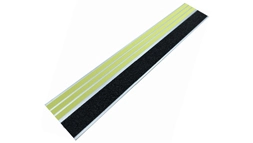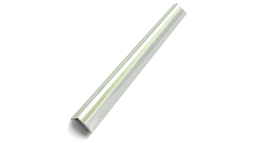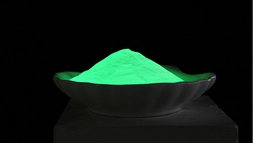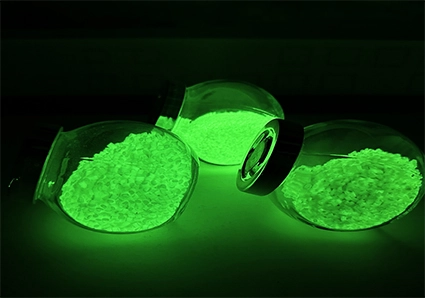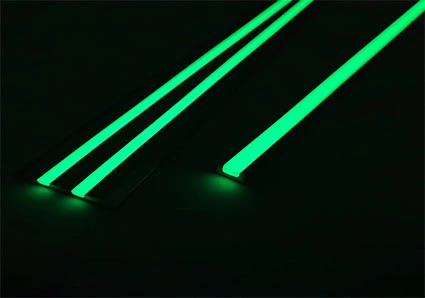The special luminescent characteristics of photoluminescent pigments enable them to be utilized to impart further visual impacts and purposes in a wide range of application fields, from enhancing night visibility or to achieve a decorative effect. Photoluminescent pigments, through technology development and market demand changes, are growing in popularity among designers and users for their long-lasting performance, rich color range, and eco-friendly nature.
Definition of Photoluminescent Pigment
Photoluminescent pigments, or long-lasting luminescent pigments, are the primary materials that cause coatings to luminesce. Photoluminescent pigments are powder-form photo-storage luminescent materials and typically contain the sulfides of zinc, calcium, barium, or strontium, a limited proportion of flux (e.g., sodium chloride), and trace quantities of activators. The luminescent color of the pigment can differ according to which activator is utilized.
Classification of Photoluminescent Pigment
There are two broad classes of photoluminescent pigments: inorganic luminescent pigments and organic luminescent pigments. Inorganic luminescent pigments are typically classified into three kinds: zinc sulfide-based luminescent pigments, rare earth-activated alkaline earth metal aluminates, and rare earth-doped silicates.
Organic luminescent pigments are also colorful, highly tunable, and high in color purity but usually poor in weather resistance and chemical resistance, significantly limiting their application areas. Inorganic luminescent pigments, however, have good weather resistance, chemical resistance, high luminescence intensity, and long afterglow time, and are therefore the preferred choice for energy-storing photoluminescent pigments.
Challenges of Photoluminescent Pigment
In spite of their many good qualities, energy-storing light-emitting pigments have not as yet found wide applications, particularly in extensive surfaces like interior and exterior wall decoration and flooring, primarily owing to the following factors:
They are costly economically and therefore challenging for large-scale applications;
Technically, overall performance of the energy-storing photoluminescent pigments cannot satisfy the demands of different environments. In particular, they possess poor weather resistance, impact resistance, and scratch resistance. The pigments are thick and have poor compatibility with resin and poor dispersion in coatings, while the complicated preparation and application of coatings generally need the support of primers or topcoats. Moreover, coatings are filled with high organic solvent content and cause serious environmental pollution during the application.
From a theoretical study point of view, most of the attention in the field is concentrated on luminescence intensity, afterglow duration, and photoluminescent pigment durability, with a significant shortage of systematic fundamental theoretical research.

 English
English